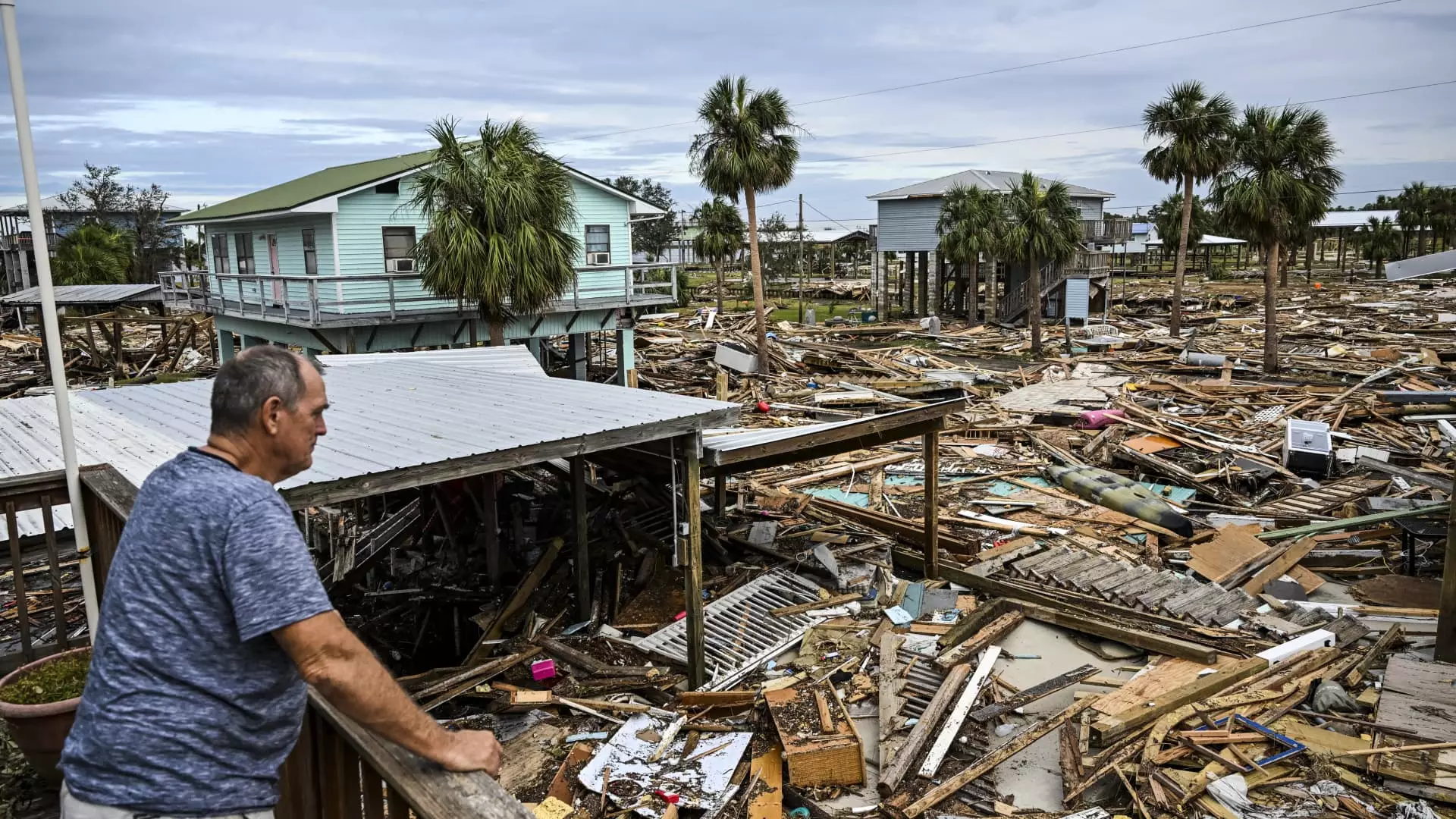Natural disasters can wreak havoc not just on communities but on personal lives and homes. With the unpredictable nature of events like hurricanes, understanding the intricacies of homeowners insurance claims becomes vital. A prime illustration can be drawn from Hurricane Helene, which has resulted in insured losses exceeding $6 billion, alongside forecasts suggesting that Hurricane Milton may follow suit as a potentially catastrophic storm. Therefore, equipping oneself with knowledge on how to navigate the insurance claim process post-disaster is essential.
In the aftermath of a natural disaster, time becomes of the essence. Districts inundated by storm damage are often swamped with claims, and the processing pace can be hampered if homeowners delay filing their claims. According to expertise from Shannon Martin, an insurance agent at Bankrate.com, adjusters are assigned on a first-come, first-served basis, underscoring the importance of prompt action. Jeremy Porter, a climate risk researcher at First Street Foundation, elaborates that procrastination not only increases approval wait times but also elongates the entire claims process.
When reporting your losses, acting quickly will enable your insurer to take immediate actions towards processing your claim. Delaying this could result in longer wait times for essential repairs and rebuilding efforts.
Before a disaster strikes, it is crucial to have a well-structured disaster preparedness kit that includes not only essential survival items but also copies of your insurance policies and contact information. This organized approach provides peace of mind and expedites the recovery process after a natural disaster. In the chaos of post-disaster scenarios, having these documents easily accessible can streamline communication with your insurance company.
Once the storm has passed, your first call should be to your insurance provider. However, it’s important to note that if you’ve evacuated, the procedures for initiating claims remain unchanged. The key is to report your home’s damages immediately, irrespective of your physical location. For homeowners who opted to ride out the storm, proactive steps to prevent further damages — such as safeguarding vulnerable areas of your home — should be the first course of action.
After facing the aftermath of a disaster, one of the fundamental duties of a homeowner is to document any damages for insurance purposes. This means taking photographs of the destruction and compiling clear descriptions to accompany your initial claim filing. Visual documentation becomes invaluable if disputes arise later, such as disagreements around what damages belong to which storm event.
Legal experts like Daniel Schwarcz, a professor at the University of Minnesota Law School, emphasize an individual’s responsibility to protect their property from further harm post-disaster. This could involve assessing the damages and making reasonable repairs while keeping diligent records of any expenses incurred. In instances where failure to mitigate further damage occurs, insurers may deny claims for those subsequent losses.
As claims are processed by insurers, a common challenge that arises is the delineation of damage attribution. For example, if a home experiences damage from a hurricane followed closely by a flood, both claims may be lodged with different insurance entities, leading to potential conflicts over which policy covers what. To mitigate this risk, homeowners should ensure they file claims promptly — ideally within three to five days post-incident.
Moreover, keeping receipts for repair expenditures and preventative purchases, like plywood used to cover windows, is essential. Although few homeowners may realize it, these receipts can significantly influence the outcome of a claim.
In the landscape following a natural disaster, one’s immediate focus should be on ensuring safety and minimizing damage. Following that, the path toward recovery includes a meticulous approach to filing homeowners insurance claims. Thorough documentation, proactive communication with insurers, and an organized response can dramatically impact the efficiency of the claims process.
Ultimately, timely action, careful preparation, and diligent documentation form the backbone of an effective insurance recovery strategy. By understanding the claims filing nuances and adhering to best practices, homeowners can better position themselves to rebuild in the wake of nature’s fury.

